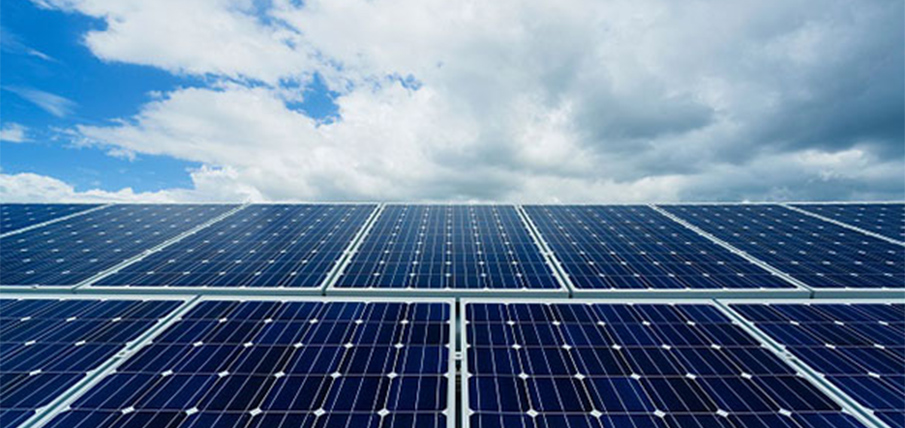Embedded generation - regulatory changes for smarter homes

The State Government's Smarter Home mandates explained
This Industry News is to assist industry in understanding the implementation of the State Government's Smarter Home mandates. The Government has introduced these requirements as part of a wider program to ensure network stability while also increasing the ability of the distribution network to host distributed energy resources.
From 28 September 2020, all embedded generation installations must comply with new requirements outlined in the Government's “smarter homes” amendments to the Electricity (General) Regulations.
In summary, installers will be required to:
- Install equipment that has low voltage ride-through capabilities;
- Meet minimum smart meter and wiring requirements;
- Assign an agent who can perform remote disconnection and reconnection of generating plant; and
- Ensure inverters have internet capability and an onboard communications port.
Details of these requirements can be found on the Department for Energy and Mining’s website. In particular:
- Recommended Regulatory Changes for Smarter Homes
- The Preparatory Plan
- Agent Roles and Responsibilities Guideline
What does this mean for you and your applications?
Unless you are replacing an inverter under warranty the obligations will apply as follows:
Low Voltage Ride Through requirement
If an application to connect was submitted to SA Power Networks:
- On or before 10 August 2020
- The application is exempt from this requirement.
- After 10 August 2020 and before 28 September 2020
- the system can be installed before 28 September 2020 but will not be able to be installed on or after 28 September 2020 if the inverter(s) does not meet the updated requirements.
- On or after 28 September 2020
- The installation must meet the requirements as detailed by the regulatory changes.
What inverters will meet this requirement?
The Department of Energy and Mining has stated:
“A list of compliant inverters will first be published by the Office of the Technical Regulator (OTR) under the transition option, and later included in the Clean Energy Council’s (CEC’s) list of approved inverters once laboratory testing is completed.
A transition option will allow inverters to be installed if the manufacturer (and associated importers) provide evidence of compliance with the low-voltage ride-through test, commit to laboratory testing by 31 March 2021 and commit to make good if laboratory testing does not find compliance.”
We understand the OTR will begin publishing a list of compliant inverters from 4 September 2020. If you would like to know if an inverter you are hoping to install will meet this requirement, we suggest contacting the OTR.
Remote disconnection and reconnection of generating plant, internet capability and an on board communications port requirements
If an application to connect was submitted to SA Power Networks:
- Before 28 September 2020
- the system can be installed before 28 September 2020 but will not be able to be installed on or after 28 September 2020 if the inverter(s) does not meet the updated requirements.
- On or after 28 September 2020
- The installation must meet all the requirements as detailed by the regulatory changes.
Your responsibilities as an installer
Section 61 of the Electricity Act requires that persons carrying out work on an electrical installation must ensure that the work is carried out as required under the Electricity (General) Regulations.
It is the installer’s responsibility to ensure that the installation meets the requirements outlined in the Electricity (General) Regulations, including the latest changes introduced as part of “smarter homes”, even if approval for a generating system has been previously granted by SA Power Networks.
If you have any queries around this change please contact our Small Embedded Generation Team via email seg@sapowernetworks.com.au.